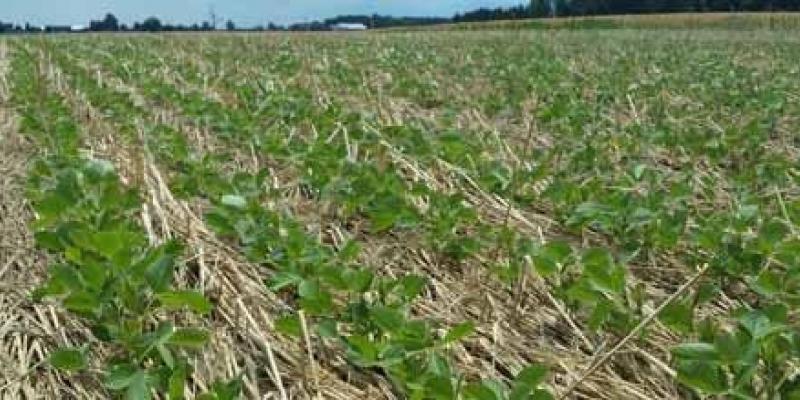Technologically achievable soil organic carbon sequestration in world croplands and grasslands
Upon their degradation, soils gradually lose their capacity to support ecosystem functions, many of which are related to the beneficial effects of soil organic matter (SOM). Depleted SOM stocks can be restored to some degree through judicious, sustainable land management. However, reported potentials for sequestration of carbon in soils of agricultural lands are overly optimistic because they assume that all degraded cropland and grassland can be subjected to best management practices.
ISRIC considered two approaches for estimating this potential. The first considers literature‐derived best estimates for annual SOC gains by bioclimatic zone, while the second method assumes an annual C increase of 3 to 5 pro mille with respect to present SOC (soil organic carbon) mass (similar to the French ‘4‐pour‐mille’ initiative). Four management scenarios are considered, capturing the varying level of plausibility of meeting the full technological potential. Consideration of the technological potential only and use of a proportional annual increase in SOC, rather than using best estimates for soil carbon gains by bioclimatic zone, will provide too ‘bright a picture’ in the context of rehabilitating degraded lands and mitigating/adapting to climate change. Although all measures aimed at increasing SOC content should be encouraged due to the creation of win‐win situations, it is important to create a realistic picture of the amount of SOC gains that are feasible, based on bioclimatic and management implementation constraints.
The study has been published in Land Degradation & Development.
Citation:
Batjes, N.H. 2018. Technologically achievable soil organic carbon sequestration in world croplands and grasslands. Land Degradation & Development (Accepted article). https://dx.doi.org/10.1002/ldr.3209
